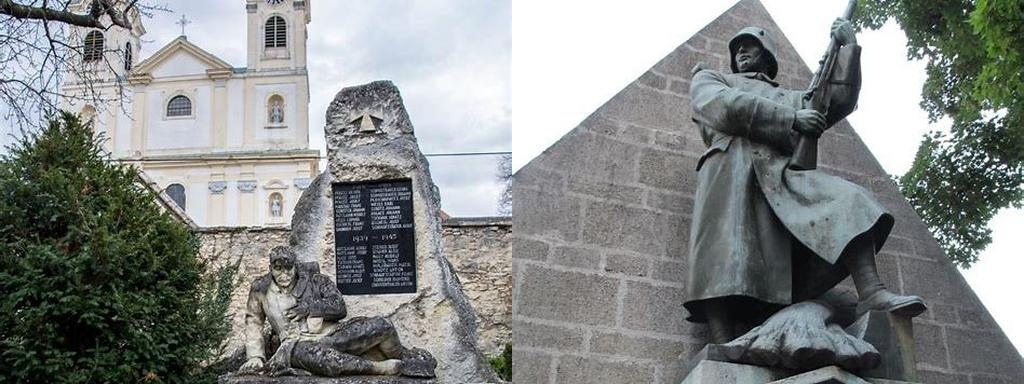
Szent Imre Kollégium, nestled quietly in the town of Székesfehérvár, isn’t just a dormitory for the local university. For those wandering outside the busy lanes of tourist must-sees, this complex offers an intriguing glimpse into a layered tapestry of education, remembrance, and green serenity. Just take a few steps through its entrance and you’ll feel an atmosphere that’s equal parts reflection and inspiration. It’s a favorite corner for the thoughtful traveler who wants to brush a little closer to Hungary’s quieter, authentic stories.
The history of Szent Imre Kollégium reflects Hungary’s broader journey through the 20th century. The college itself is named after Saint Emeric, the revered son of Kinga Stephen I—the first king of Hungary and a national icon. Saint Emeric, known for his humility and piety, is a symbol of hope and learning, which makes his name on a place of study fitting indeed. The college’s original building dates to the early part of the century when the value of academic and religious education was being reinforced across Hungary. It’s not impossible, as you stand under the modest arches, to imagine the bustling footsteps of young students in the interwar period, or the more somber shuffles during the difficult years that followed World War II.
Step outside, and you’re greeted by the college’s garden—a surprisingly generous green space hidden away from the roads. The garden isn’t just a pleasant place to gather your thoughts under enormous plane trees, it’s foundational to the entire character of Szent Imre Kollégium. Locals and students alike laze on the grass while reading or chat quietly on benches beneath vines that crawl up aging brick. If you’re the type who enjoys peering at traces of the past, you’ll find corners here where the old mingles with the new: original stonework, weathered statues, and the occasional plaque commemorating long-gone benefactors. In spring and early summer, the blossoms turn this enclosed garden into a riot of color—an ideal place to take a breather, soak in the slower rhythm of the city, and perhaps ponder the passing of time.
At the heart of the garden stands the hősi emlékmű, or heroic monument, which elevates the entire campus to another level of significance. Unlike many grandiose war monuments elsewhere, this one is modest in scale but profound in impact. Erected to honor the local students and educators who lost their lives during the world wars, it’s not just an object for admiration but a point of community memory and respect. The names carved into its surface serve as silent reminders of the personal cost of conflict. You’ll often spot flowers at its base—fresh, even when no ceremony is scheduled—which tells you that it hasn’t been forgotten by residents or students. It’s touching to witness how the monument stands at a literal and symbolic crossroads between youthful ambition and what’s been lost over the turbulent decades Hungary has weathered.
Perhaps what truly sets Szent Imre Kollégium, kert és hősi emlékmű apart is its sense of everyday relevance. This isn’t a static historical site roped off from daily life, but a living, breathing crossroads of memory and ambition. Visiting, you might catch a group of students preparing for exams on the grass, an elderly woman tidying the flowerbeds, or a family quietly tracing the engraved names on the heroic monument. The blend of the quotidian and the deeply significant is what makes a stop here so rewarding: you leave not just having learned about history, but having tasted its living echoes. If you’re looking for a spot in Székesfehérvár that quietly but eloquently narrates the Hungarian spirit—its tragedies, its hopes, and its perseverance—Szent Imre Kollégium waits to be discovered.





